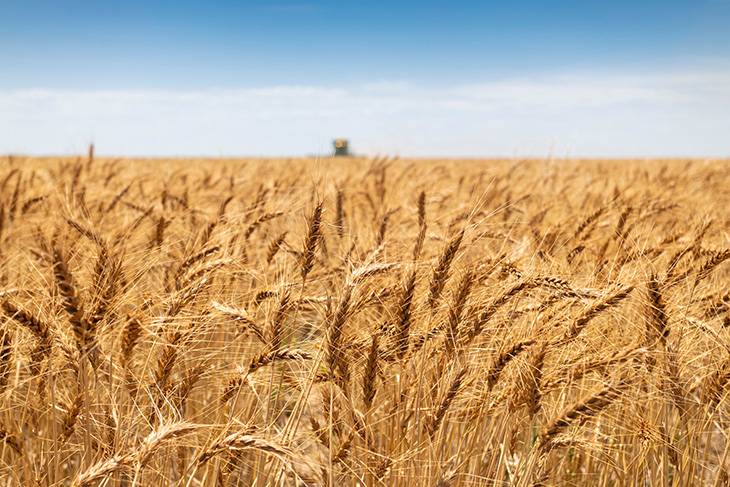Signup for Coronavirus Food Assistance Program expansion now in effect
Friday, September 25, 2020
Agricultural producers who have suffered market disruptions and associated losses because of COVID-19 may now be eligible for assistance under the newest update of the federal Coronavirus Food Assistance Program.
Referred to as CFAP 2, the funds that the U.S. Department of Agriculture is using are available from the Commodity Credit Corporation Charter Act as well as the Coronavirus Aid, Relief and Economic Security Act to support row crops, livestock, specialty crops, dairy, aquaculture and additional commodities. Eligible producers can sign up for the program through Dec. 11.
CFAP 2 payments will be made for three commodity categories – price trigger commodities, flat-rate crops and sales commodities. Detailed information is available online through the USDA website.
“All of the necessary forms are available through the website, as is a decision-making tool that producers can use to estimate their payment,” said Amy Hagerman, Oklahoma State University Extension agricultural and food policy specialist.

Key takeaways of CFAP 2 include:
- Crop payments are based on 2020 planted acres. This is the first help given for the 2020 crop year as CFAP 1 only applied to Jan. 15 unsold inventory from the 2019 crop year.
- All classes of wheat may be eligible. Eligible wheat acres will receive a minimum $15-per-acre payment but could be greater if the actual production history (APH) yield or Agriculture Risk Coverage-County guarantee yield for 2019 is more than 39 bushels per acre.
- Some crops will receive a flat $15-per-acre payment even if they do not meet the price trigger or for which data does not exist to calculate a price trigger. This includes alfalfa, sesame, peanuts, canola and other crops in Oklahoma. The payment acres will be based on the producer’s 2020 crop report to the USDA Farm Service Agency.
- The big news for cattle producers is that the CFAP $55-per-head payment will now be based on inventory and not sales, from April 16 through the end of August on non-breeding stock. Breeding stock is defined as cows and bulls, so calves and replacement heifers are still eligible.
"Crop and livestock producers can sign up for the second round of CFAP through their local USDA Farm Service Agency office,” Hagerman said. “Be aware that commodity payments may be calculated differently than in CFAP’s first round.”
Hagerman spoke about some of the differences on the OSU Extension agricultural television program SUNUP, available for viewing online. As with the first round of CFAP, a $250,000 payment limit per person or entity for all payments applies, as do adjusted gross income and farm income eligibility requirements.
OSU Extension is one of two state agencies administered by the university’s Division of Agricultural Sciences and Natural Resources and is a key part of OSU’s state and federally mandated teaching, research and Extension land-grant mission.
MEDIA CONTACT: Donald Stotts | Agricultural Communications Services | 405-744-4079 | donald.stotts@okstate.edu
